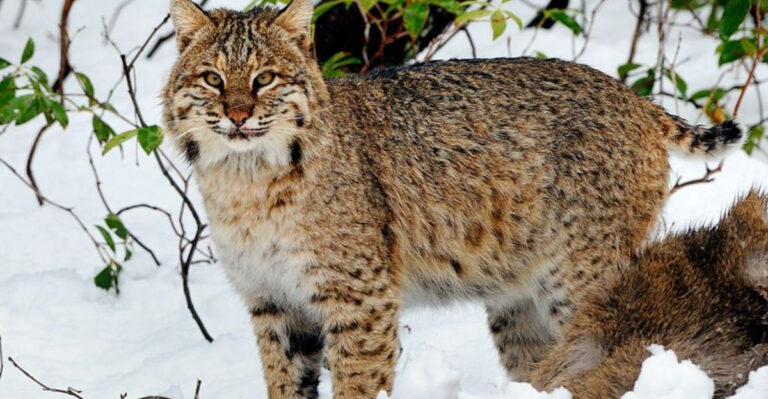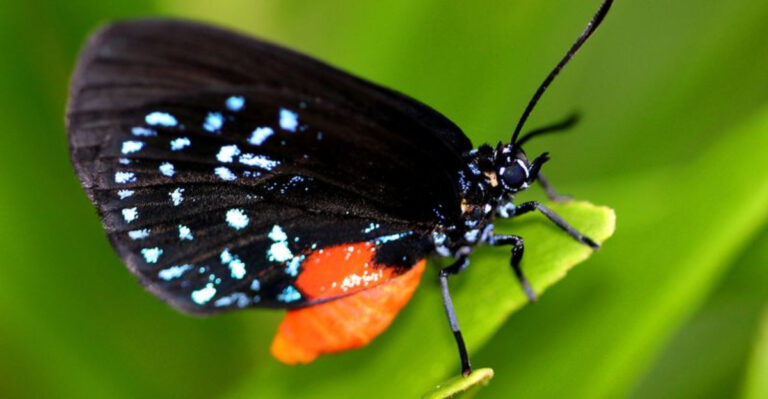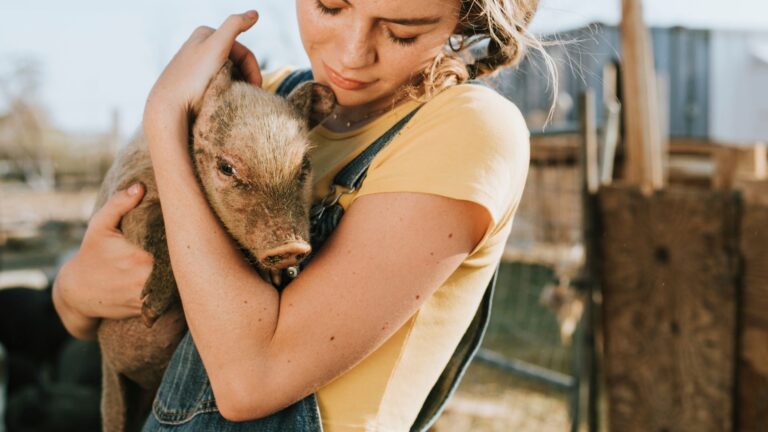12 Surprising Differences Between Big Cats And House Cats
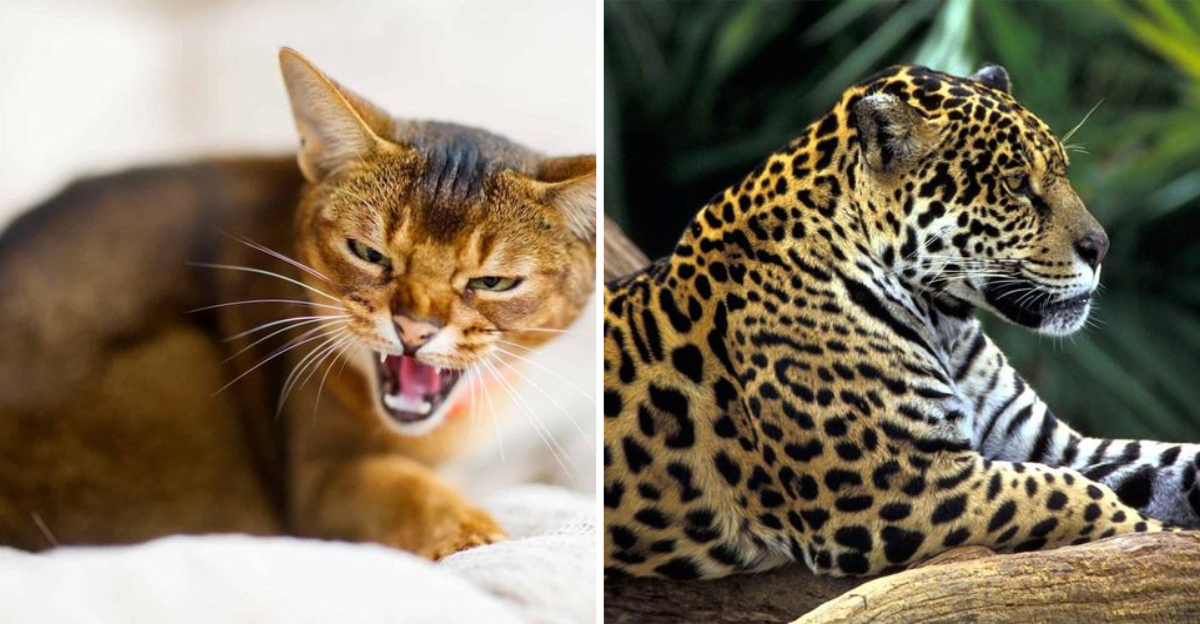
Picture this: a wild lion and your fluffy tabby sharing a conversation over a cup of milk. While they share a family tree, the branches couldn’t be more distinct.
Come with me to a quirky adventure, and see for yourself these unexpected differences between your living room feline and its majestic wild cousins. Who knew cat life could be so varied?
1. Roar Vs. Purr
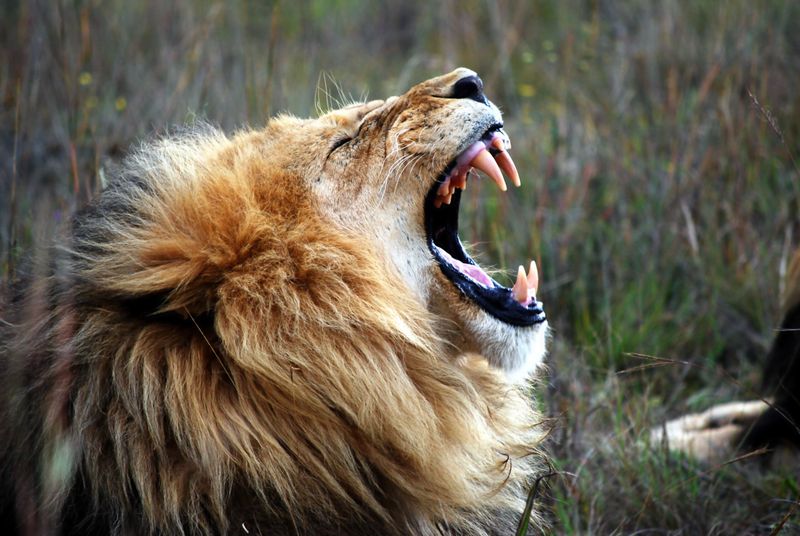
Have you ever felt the thundering roar of a lion? It’s like nature’s own rock concert! In contrast, your average house cat prefers the gentle hum of a purr, like a tiny engine running on affection.
These distinct sounds tell tales of their lifestyles. While roaring asserts dominance in the wild, purring is all about comfort and connection at home.
Next time your feline friend curls up and purrs in your lap, remember, it’s their soft symphony of happiness.
2. Size And Strength
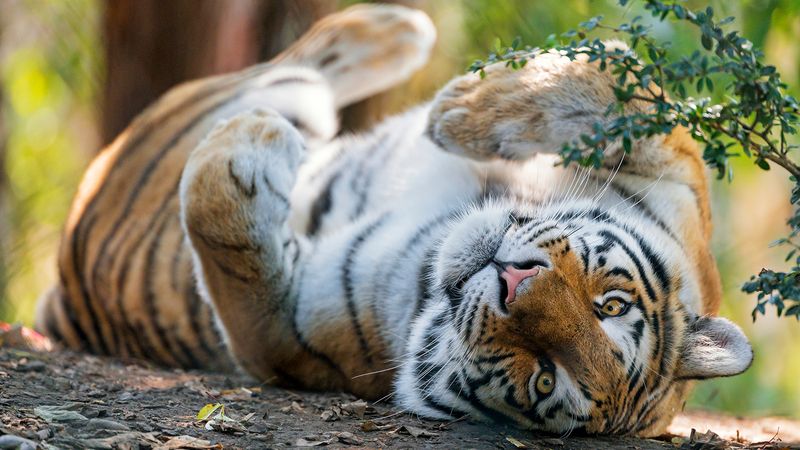
Imagine comparing a towering skyscraper to a cozy cottage.
That’s the size difference between a tiger and your house cat. Big cats possess powerful muscles designed for taking down large prey, whereas house cats are built for smaller adventures—like sneak attacks on toy mice.
Despite their size, both share the elegant grace of a cat. So, when your kitty leaps onto the bed with precision, remember it’s a mini-version of the tiger’s powerful stride.
3. Hunting Skills
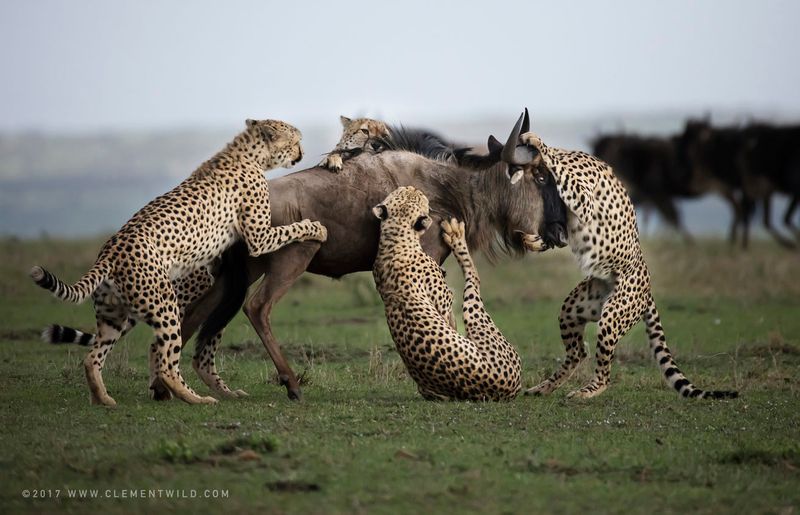
If speed were an Olympic sport, cheetahs would snag all the gold medals. These big cats are nature’s sprinters, chasing down prey with lightning fast agility.
On the flip side, your house cat turns into a sneaky predator whenever a toy mouse comes into play. Though their prey has shrunk, the thrill of the chase remains.
So, whether it’s a gazelle or a jingly toy, the hunting spirit is alive and well in both big and small cats.
4. Social Behavior
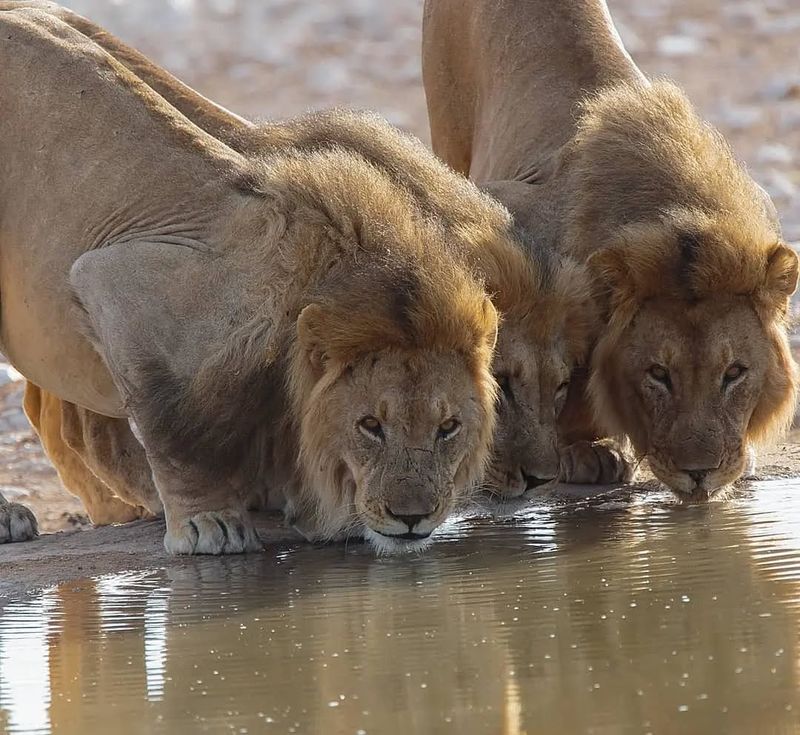
Ever noticed how a pride of lions hangs out like a gang of best friends? They thrive in social circles. House cats, however, often have a reputation for being the mysterious lone wolves of the pet world.
While some felines enjoy a cuddle party, others prefer solo adventures. It’s like comparing a bustling party to a quiet night in.
Whether they’re social butterflies or introverts, both big and small cats have their unique social quirks.
5. Territory Marking
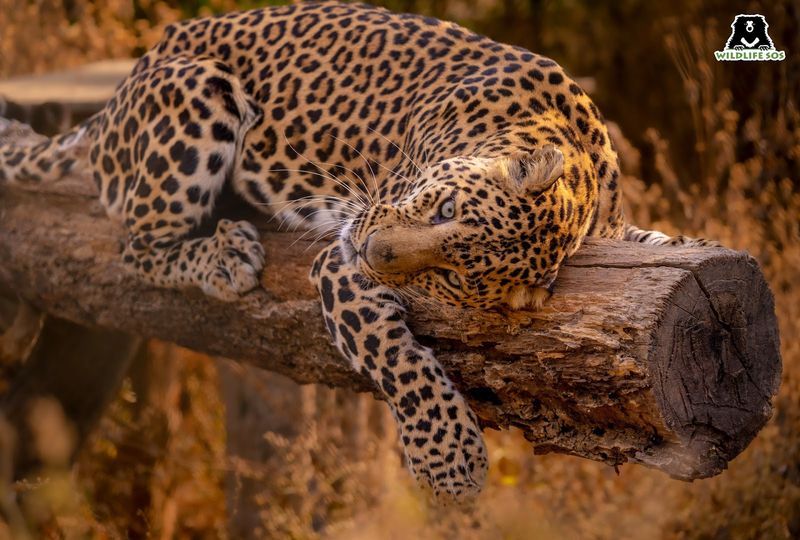
Territorial disputes aren’t just for nations! Leopards, for example, have a unique way of claiming their turf by spraying scent markers.
Your house cat, though, opts for claw-scratches as their ‘keep out’ signs. These behaviors are their way of saying, “This is my space!”
While the methods differ, the message is clear: every cat, big or small, is a proud owner of their domain. Next time you see those scratched-up couch arms, know it’s a territorial badge of honor.
6. Dietary Needs

Picture a lioness tucking into a wildebeest banquet. It’s a feast fit for a queen! Meanwhile, your house cat prefers a more refined diet—kibble in a bowl.
Big cats in the wild have to hunt for every meal, which means fresh, raw prey. House cats, on the other hand, enjoy the luxury of food that appears like magic.
Though their meal sizes differ dramatically, both cats have finely tuned dietary requirements specific to their lifestyles.
7. Vocal Communication
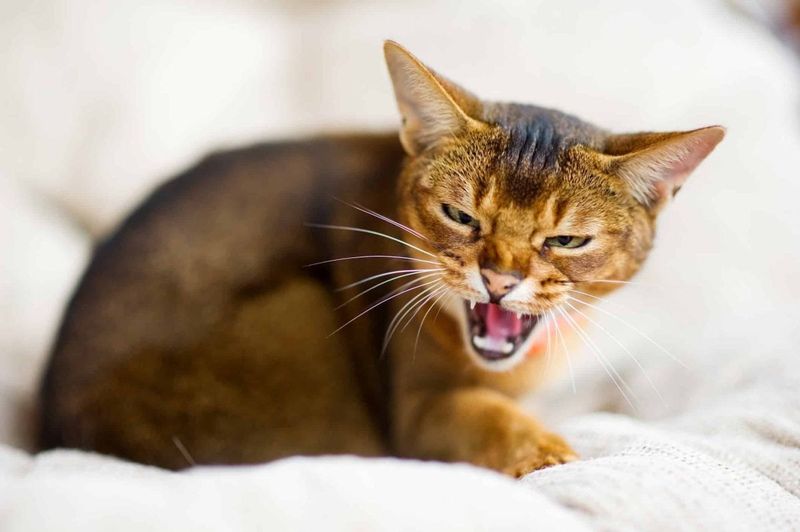
Tigers, with their impressive growls, communicate strength and territory boundaries. Your house cat’s repertoire of meows, chirps, and trills is more like a conversational toolkit.
It’s how they chat with you about anything from dinner time to delightful sunbeams.
While big cats speak in more booming tones, your kitty’s gentle vocals are their way of engaging in daily chats. Who knew meowing could be as varied as a language all its own?
8. Habitat Differences
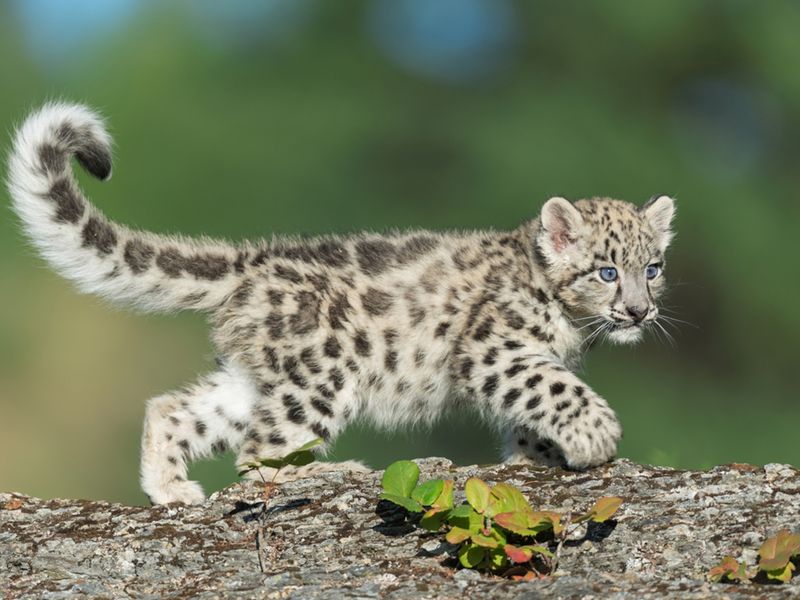
Big cats like snow leopards are masters of extreme climates, braving snowy peaks with their thick fur. Meanwhile, your house cat enjoys the plush life on a warm rug.
These habitat differences show just how adaptable cats can be. Whether it’s the harsh conditions of mountains or the comfort of your living room, every feline finds its niche.
It’s like swapping a rugged explorer for a cozy homebody, each thriving beautifully in their chosen environment.
9. Lifespan Variations
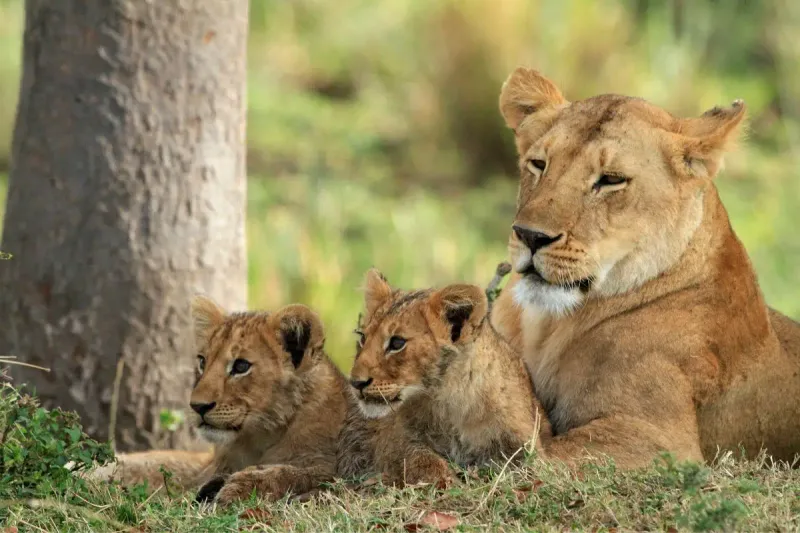
In the wild, big cats like lions face a survival challenge that limits their years. House cats, however, can reach ripe old ages in the safety of your home.
Thanks to cozy beds and regular vet visits, domestic cats often enjoy longer lives. It’s a testament to the power of love and care.
So next time your senior kitty greets you with a wise gaze, remember they’ve been gifted with years of cozy companionship.
10. Mating Rituals
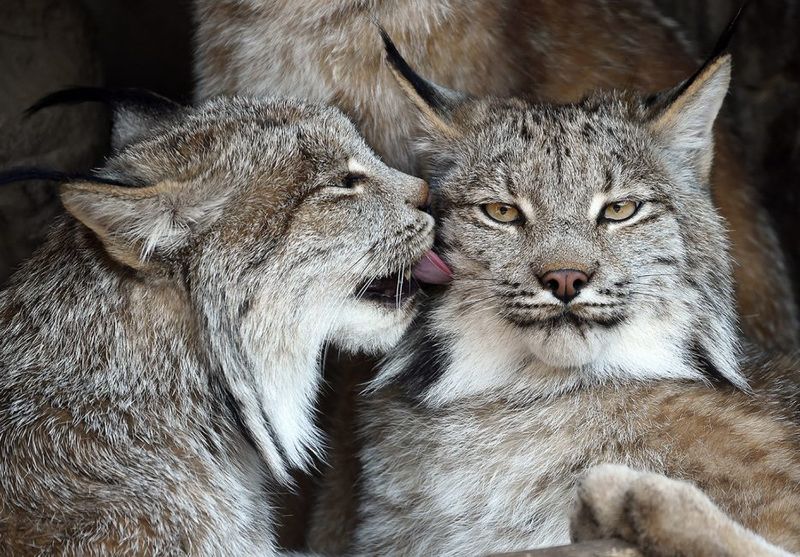
Courting rituals in the cat kingdom range from the dramatic to the adorable. Leopards engage in a complex dance of strength and allure in the wild.
House cats, however, might just roll around playfully or share a gentle nuzzle. While the grandeur may vary, the affection remains.
Each feline, big or small, has its own way of saying, “You’re the one!” These rituals are a sweet reminder of love’s universal language.
11. Adaptation And Evolution
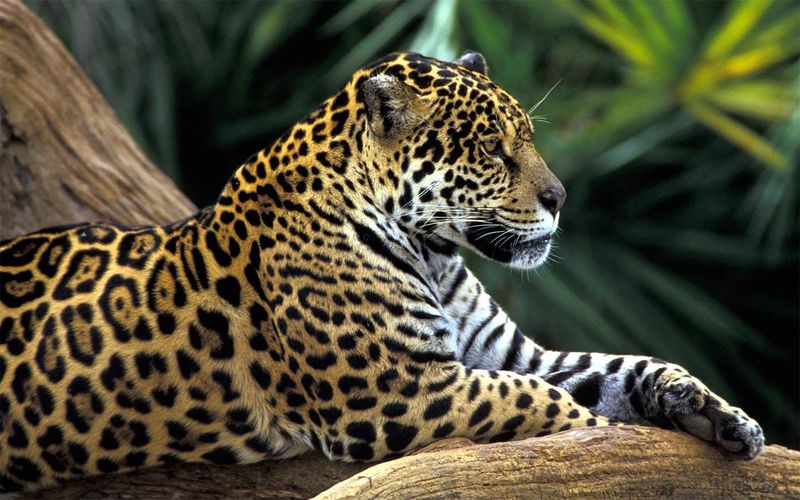
Jaguars have their jungle territories down to a science, adapting perfectly to dense rainforests. Meanwhile, your house cat is a city slicker, navigating window sills and bustling apartments with ease.
Each cat species has evolved traits that suit their specific environments. Whether it’s prowling the jungle or lounging in high-rise apartments, cats are masters of adaptation.
It’s like comparing a seasoned explorer to an urban adventurer, each thriving in their own world.
12. Cultural Significance
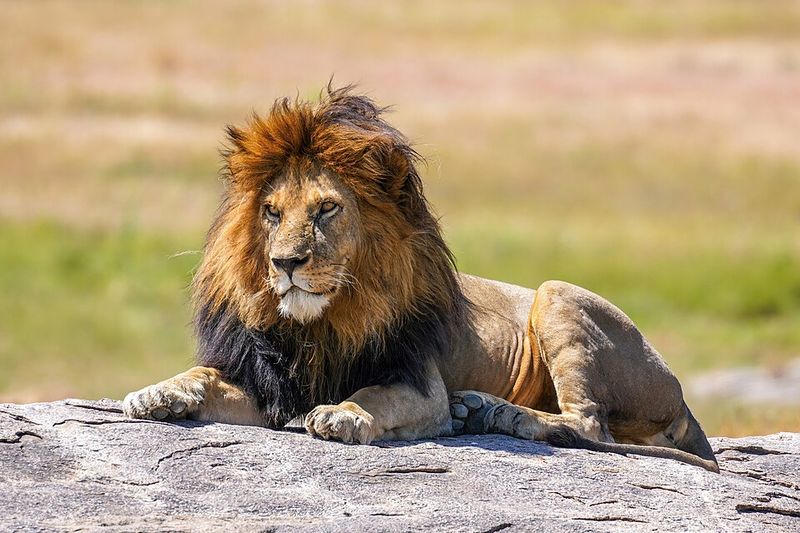
Throughout history, big cats like lions have symbolized power and majesty, often depicted in ancient art and mythology.
House cats, on the other hand, have taken over the internet with their adorable antics and memes. Both have left pawprints on our culture, albeit in different ways.
Whether revered as gods in ancient temples or cherished as internet icons, cats have always captured our imagination. Their cultural journey is as diverse as their species!

